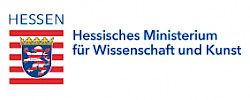„The last thing I want to say is that I hope someone will work on a new restoration of the 1991 Austrian film Flaming Ears. Rote Ohren fetzen durch Asche (Pürrer, Schipek, Scheirl A 1991)!“
Jenni Olson, 2020*
Theatrical premiere on Tuesday, October 26th, 2021 – 8:45 p.m.
Cinéma, Frankfurt am Main
Guests: Ursula Pürrer, Ashley Hans Scheirl
Content
About the Digitalisation
Stills
Andrea B. Braidt: Aphorismus and Avantgarde. The Inorganic in Flaming Ears (A 1991) (Excerpt)
Acknowledgements
About the Digitalisation
„A word about Flaming Ears. A generation ago the film was still small and sweet in Super 8: now it's casually grown-up and digitally fully present, thanks to Asta Nielsen… This film, made in 1991, anticipated ideas that people only later found expressions for: Demonstrate diversity! De-integrate yourselves! Come to terms with the present! Mobilise!“
Dietrich Kuhlbrodt, February 2021
FLAMING EARS is a collective work from 1991 by Austrian avant-garde artists Ursula Pürrer, Dietmar Schipek and Ashley Hans Scheirl.
It was restored and digitalised as part of Remake. Frankfurt Women’s Film Days, whose concept is to secure the cinematic legacy of women filmmakers by making important works of film history that are no longer adequately accessible available to a larger audience once again at festivals, cinemas, museums and galleries.
From Super 8 to 16mm
The film was shot on Super 8. A rough cut of about 2 hours was copied to 16mm to create the fine cut, and the sound was synchronised.
From 16mm to 4K
Lutz Garmsen, a specialist for the restoration of experimental and avant-garde films, was responsible for image digitalisation and colour grading.
When we began our research, we still hoped to find the original camera material and the magnetic sound. However, they are still missing, as is the copy protocol.
The internegative, leftover film fragments and optical sound negative were stored in the Unterföhring film archive. All negative materials exhibited early stages of vinegar syndrome with about 1 % shrinkage.
In addition to the negatives, we initially had only the distributor’s copy from Sixpack, Vienna, as a reference. The sound and image of this copy were in poor condition. After we had already done extensive restoration work on the basis of the optical sound negative, in mid-2020 the Kinemathek Hamburg was able to provide us with access to the Hamburg Film Fund’s specimen copy, which is deposited in the Federal Film Archive in Koblenz. This copy changed everything; we had beautiful colours as a reference and a magnetic sound track with much better quality and dynamics.
The internegative and the well-preserved cinema copy were digitalised using a Kinetta at a 14-bit colour depth and a 4K resolution. During the digitalisation, the negative was completely scanned from edge to edge, including perforations and edge numbers. To make sure the reference actually corresponded to the „correct“ colours, samples were taken scene by scene with a multi-spectral film scanner. This took place as part of a research project by Dr Barbara Flückiger of the Department of Film Studies at the University of Zurich. The goal was to create lookup tables for the correct colour presentation of the digitalised material by moving the colours within the three-dimensional colour space, a process developed by Dr Giorgio Trumpy of Zurich.
The digital material is of extraordinary quality thanks not only to these advanced technical processes but to Ursula Pürrer’s collaboration. Together with her, we worked out all the nuances of light and colour determination. Super 8 is a low-resolution, grainy material. The film’s aesthetic is raw, even punk, which we most certainly did not want to iron out with the digitalisation. Aside from grain reduction and equalisation, we only corrected slight technical problems here and there, such as lint and the steadiness of the picture. The image restoration focused on maintaining the film’s materiality and colour. It was meant to retain a memory of the Super 8 film of its day.
From mono to 5.1
The sound was digitalised and processed by Eckard Kuchenbecker and Marius Kuchenbecker.
The sound in FLAMING EARS is every bit as experimental as the imagery and the staging.
Following professional scanning of the copy by expert Jean-Pierre Verscheuren in the Belgian studio Cinévolution in Mons, we could go ahead with the restoration and creation of the audio track.In addition to procedural steps such as the removal of crackling and the reduction of background noise, we decided on an upmixing process in the 5.1 format. Our reasoning was based on the idea that we wanted to provide the current cinema audience – which is used to room-filling soundscapes in modern cinemas – with the opportunity to perceive the film the way it would have felt to an audience at the time.
Technically, the multi-channel version is composed of several elements. For one thing, we used an algorithm that can extract the diffuse component of an audio signal and generate a decorrelated side signal from it. For another, we carved out spatial impressions through the scene-specific use of artificial reflections and reverberation. We created a subwoofer channel by generating subharmonic frequencies.
These elements, aligned with the film’s dramatic composition and rhythm, resulted in the multichannel sound track.
Lutz Garmsen, Karola Gramann
Credits
ROTE OHREN FETZEN DURCH ASCHE
Österreich 1991
Regie: Ursula Pürrer, Dietmar Schipek, Ashley Hans Scheirl
Darsteller:innen: Susanna Heilmayr, Ursula Pürrer, Ashley Hans Scheirl, Margarete Neumann, Gabriele Szekatsch, Dietmar Schipek, Anthony Escott, Luise Kubelka
Produktion: Loop TV-Video Film Produktion, Wien
4K-Filmdigitalisierung: Lutz Garmsen
Farbkorrektur und digitale Restaurierung: Lutz Garmsen, Ursula Pürrer
Farbberatung: Barbara Flückiger, Giorgio Trumpy
Tonabtastung und -digitalisierung: Jean-Pierre Verscheure, Laurent Verscheure, CINEvolution
Tonbearbeitung, Restaurierung und Mischung: Marius Kuchenbecker
Tongestaltung und Bearbeitung: Eckhard Kuchenbecker, Nikolaus Garmsen
Projektleitung: Karola Gramann, Kinothek Asta Nielsen e.V.


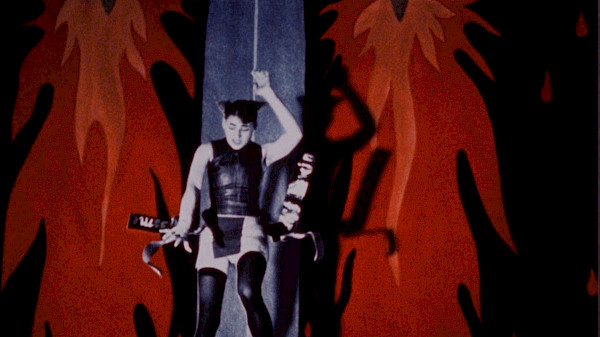

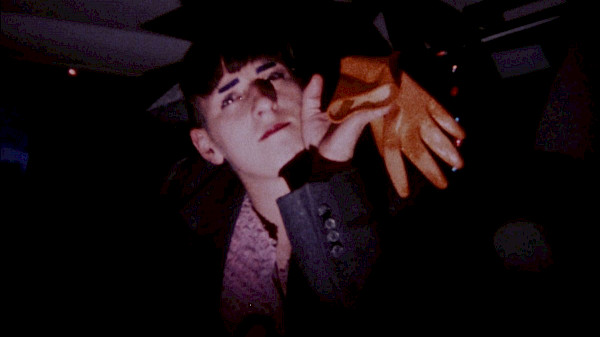









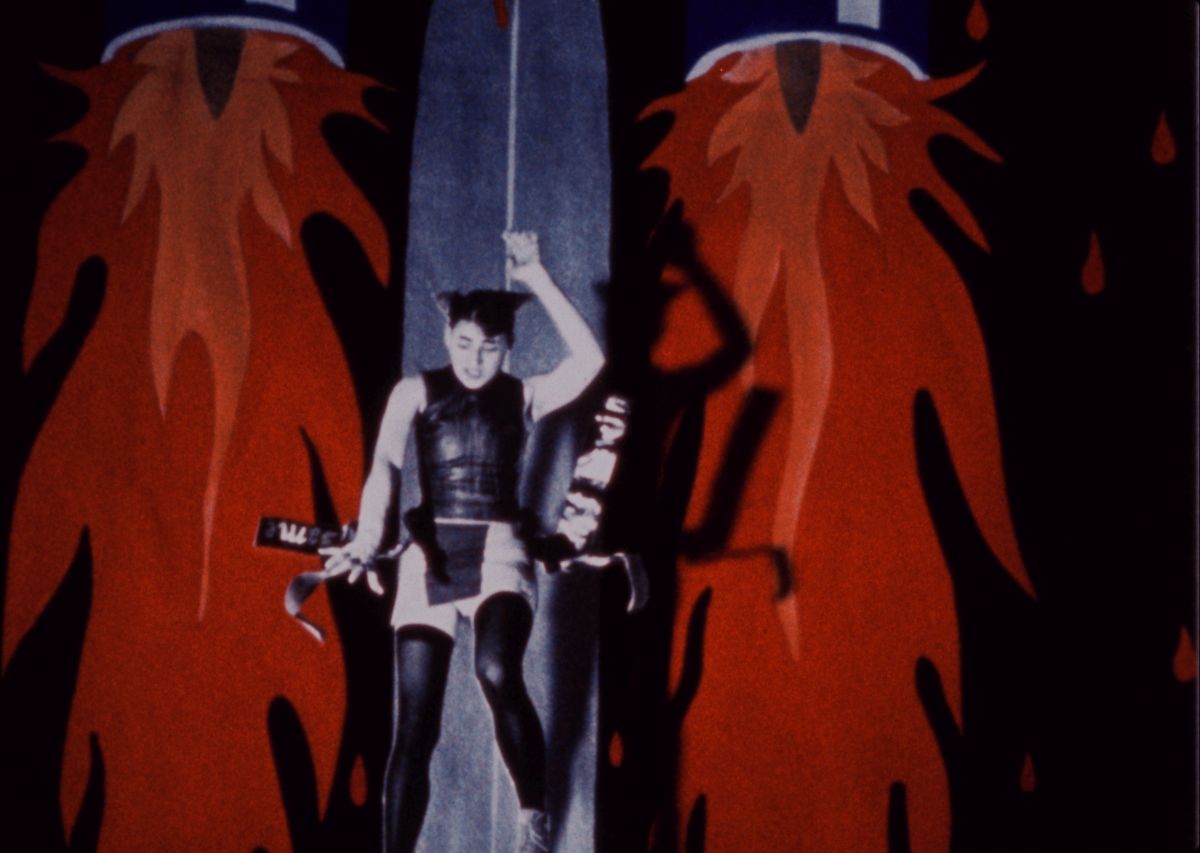



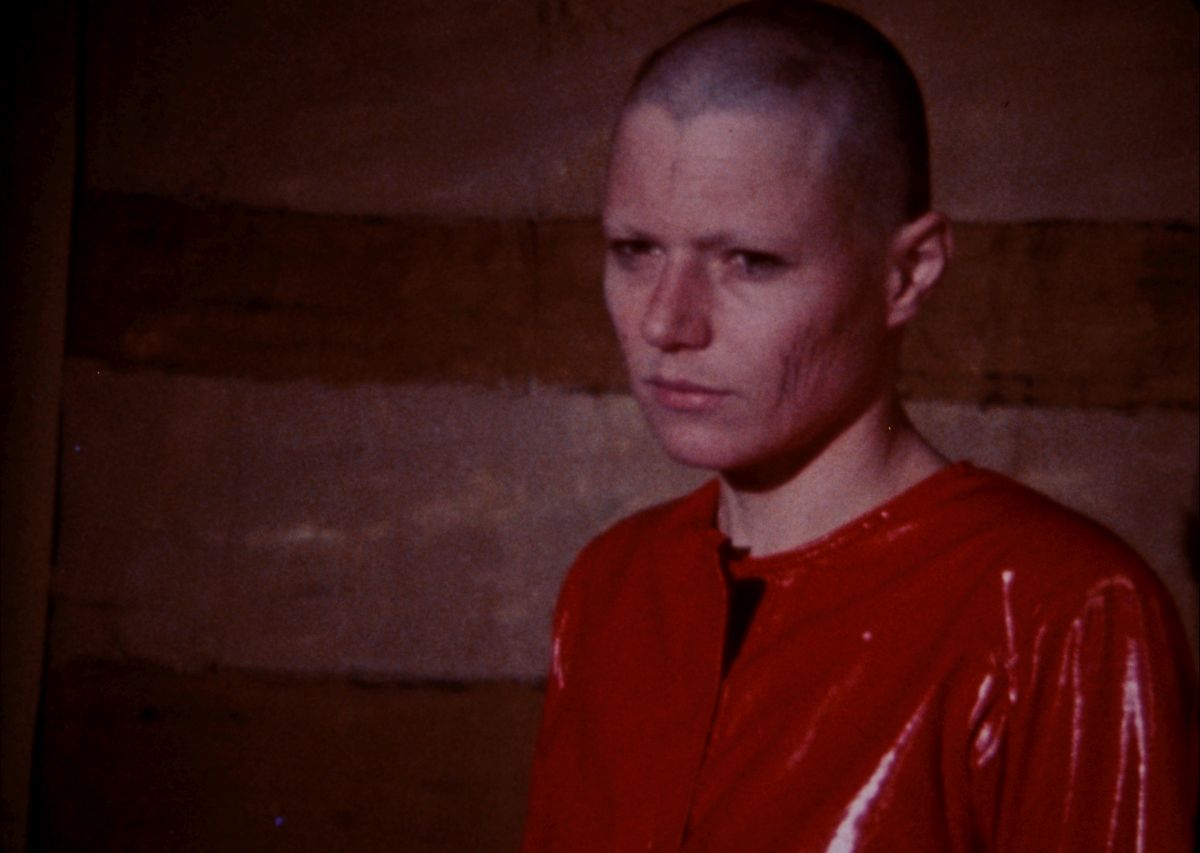
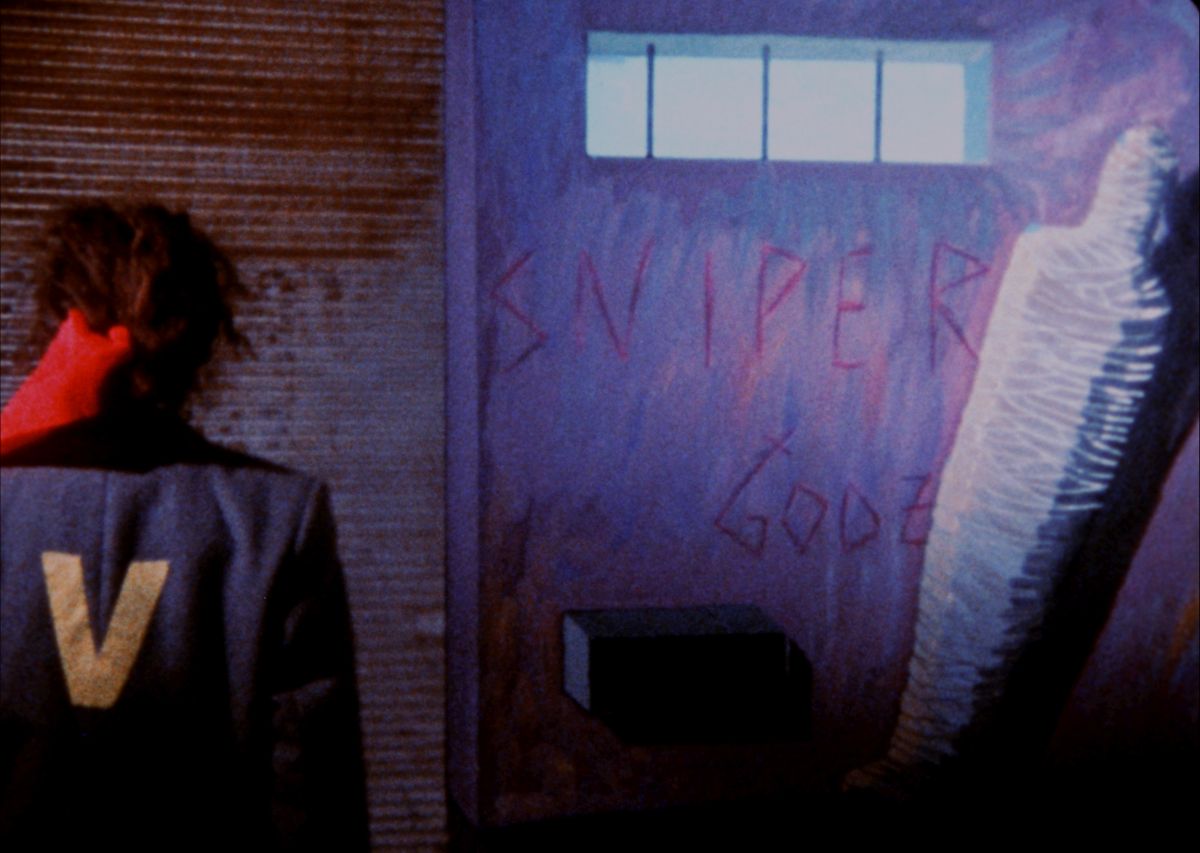

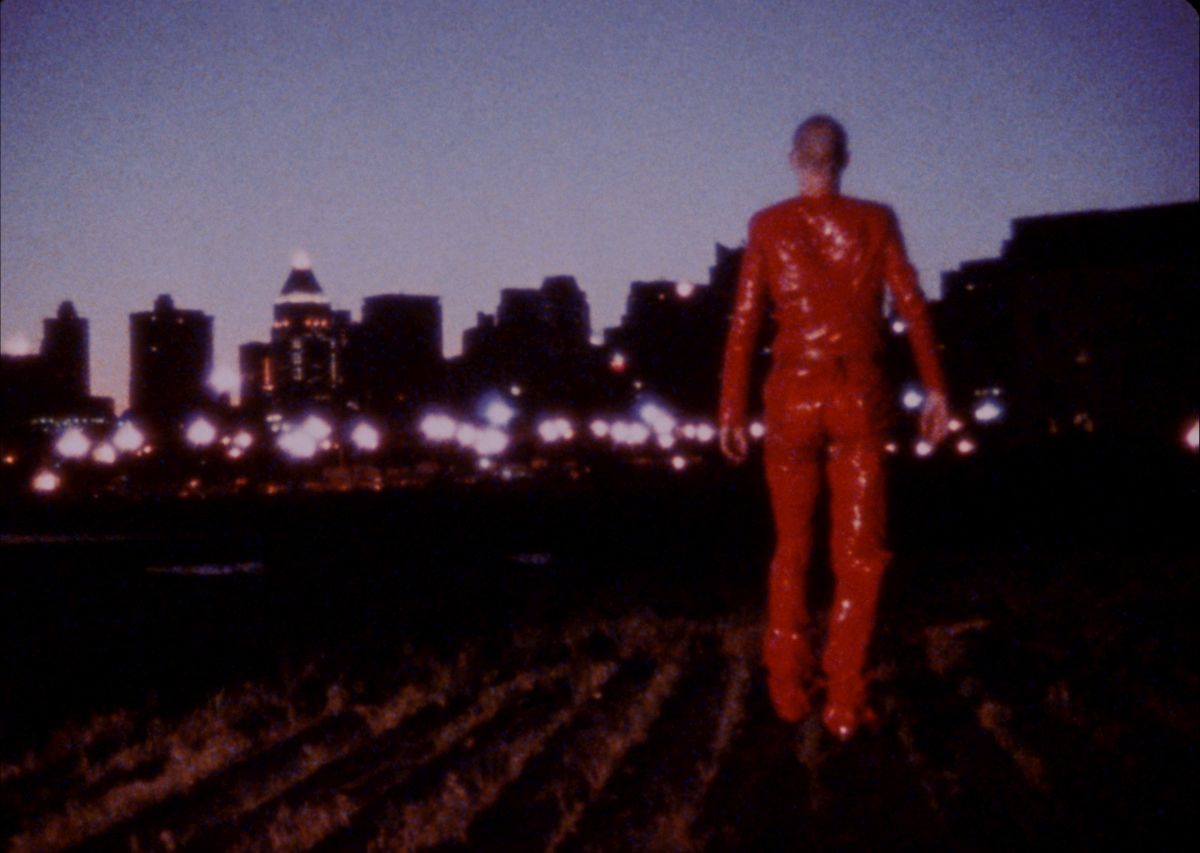
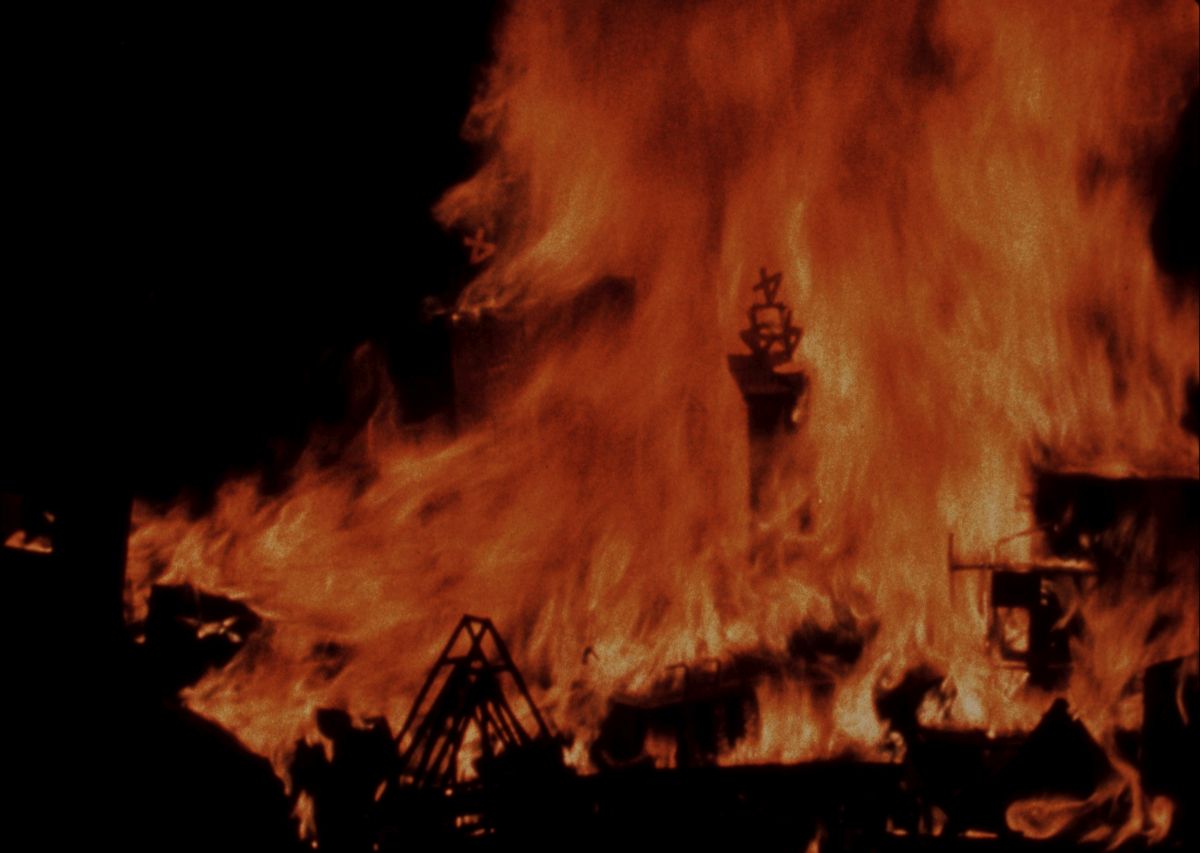

Aphorism and Avantgarde.
The Inorganic in Flaming Ears (A 1991) – Excerpt
Andrea B. Braidt
„Nothing, nothing could ever placate me.“
Rahel Varnhagen
„To feel like a thing that feels means first of all the emancipation from an instrumental conception of sexual excitement that naturally considers it directed toward the attainment of orgasm.“
Mario Perniola, Sex Appeal of the Inorganic
Black film. Techno-synth sound. Bam. Thunder. Bam. Production company credits (loop), three names (Angela Hans Scheirl, Dietmar Schipek, Ursula Pürrer). A quiet whistling. The sound of a needle stuck on a record – we're still in the 20th century. Voiceover by a female narrator, deep, breathy:
„In the year 2700, the year of the toads, „Asche“ was a burnt-out city. Too big for its souls who banded together in dark cellars. It was an unrestrained wild animal, ready to piss in the face of death at any time. And its inhabitants were able to hold their own. The chances of a pure heart surviving were highly unlikely.“ 1
Fade to a window in the night rain, a storm, curtains blowing, lightning and fragments of images in green and red; pan to „Spy“, one of the female protagonists (Susanna Heilmayr) at a desk. Loose white blouse (New Romance), quill pen, manic concentration on writing or drawing. Intercuts to fruit and blossoms (Les Fleurs du Mal); she opens her blouse, takes a swig from a bottle of booze and goes to the window. From outside, we see her close the window, wide-eyed (Cathy? Heathcliff?); cut to two pissing saints; lightning flashes. A branch bangs against the window. Scene change.
Thanks to
Angelika Beckmann
Christine N. Brinckmann
Andrea B. Braidt
Gunter Deller
Barbara Flückiger
Eva Maria Kuhlmay
Gunter Oehme
Jenni Olson
Thomas Pfeiffer
Ursula Pürrer
Dieter Reifarth
Giorgio Trumpy
Jean-Pierre Verscheure
Laurent Verscheure
Katja Wiederspahn
Kino Arsenal Berlin, mal seh’n Kino Frankfurt am Main, Kino des Deutschen Filmmuseums Frankfurt am Main, Kino Passage Erlenbach, Metro Kino Wien
Die Restaurierung und Digitalisierung von ROTE OHREN FETZEN DURCH ASCHE erfolgte 2020 durch die Kinothek Asta Nielsen e.V. im Rahmen eines Projektes von Remake. Frankfurter Frauen Film Tage 2019.
Funded by HessenFilm und Medien GmbH

Supported by The Hessen State Ministry for Higher Education, Research and the Arts.
